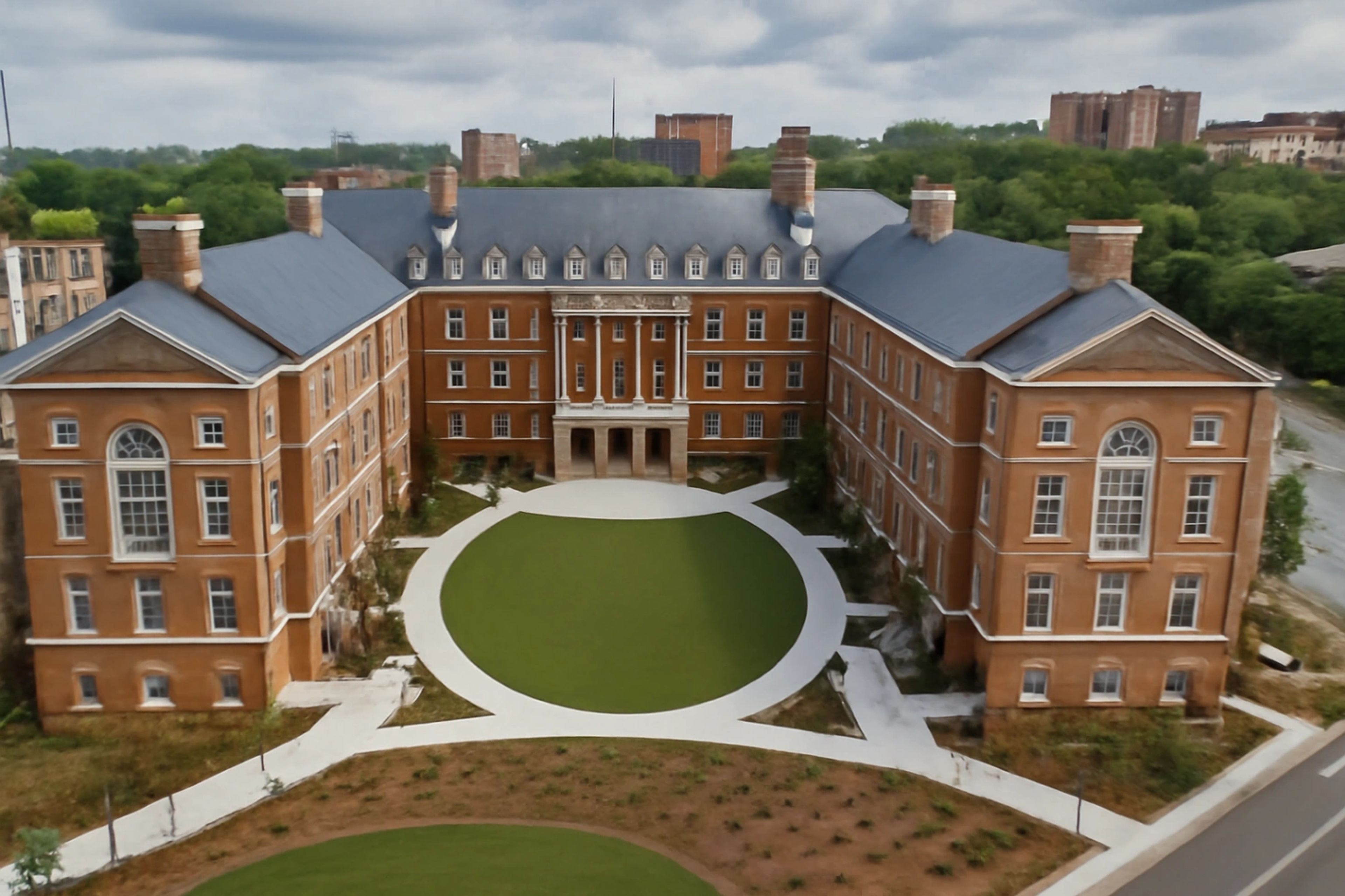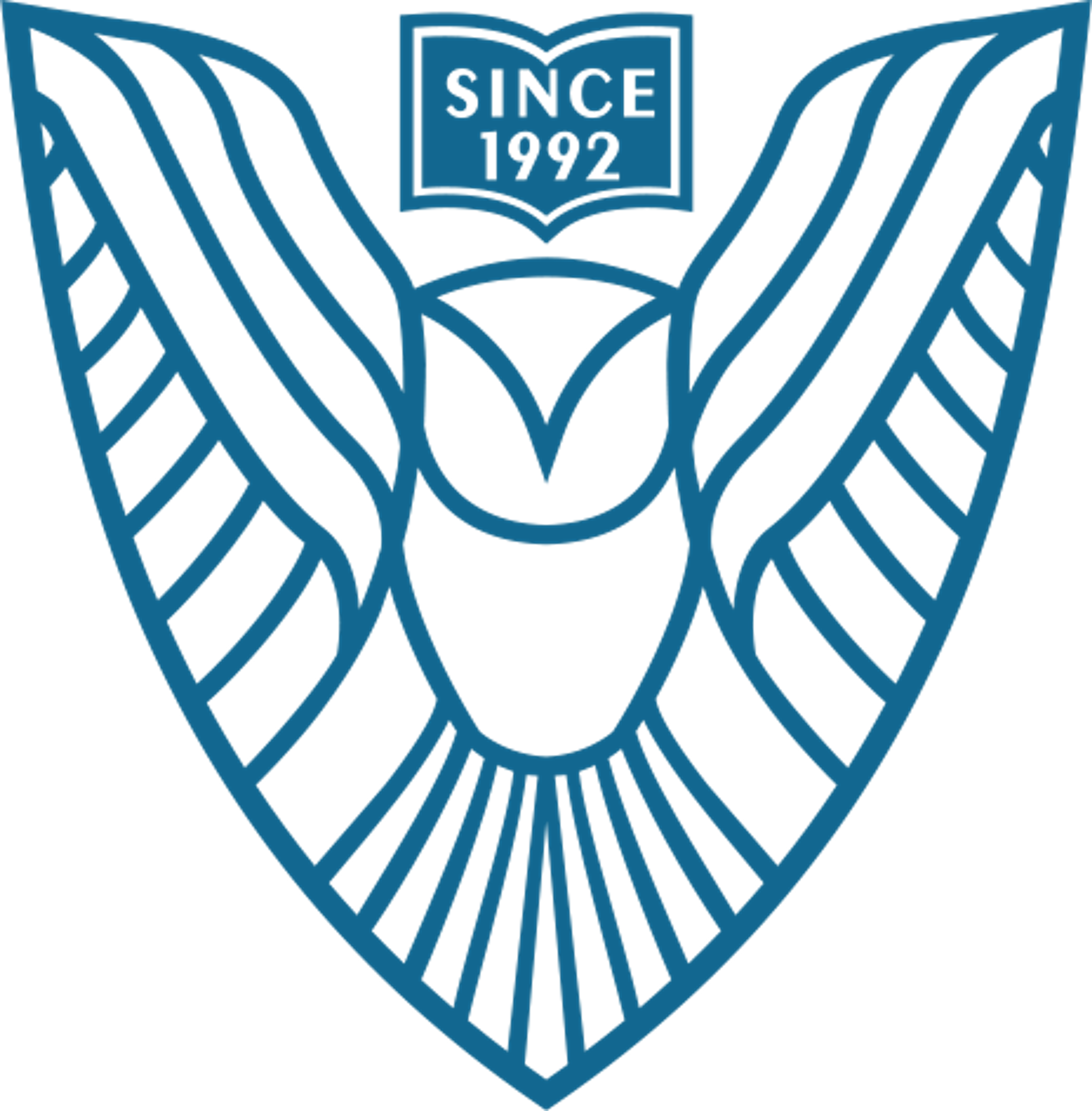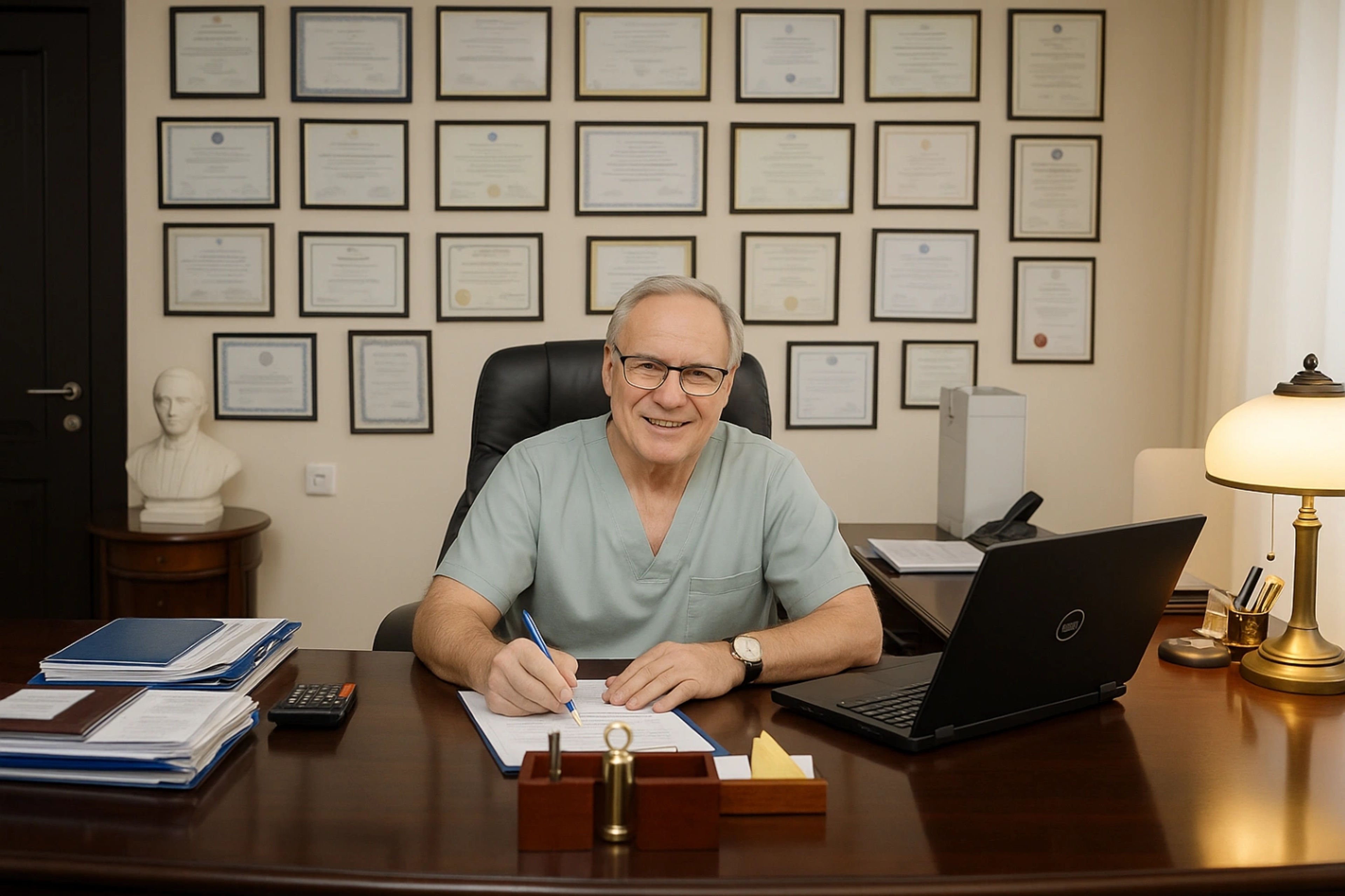Petre Shotadze Tbilisi Medical Academy, Georgia: Admission 2025, Fees, Course, Placement
Tbilisi, Georgia • Private
Petre Shotadze Tbilisi Medical Academy
Overview
Petre Shotadze, Tbilisi Medical Academy was established in 1992 in Tbilisi, Georgia. It is a private medical university. This University is recognised by the World Health Organization (WHO) and the National Medical Commission (NMC). The combination of low-cost education and solid academics makes the MBBS in Georgia a preferred choice for Indian students.
Petre Shotadze, Tbilisi Medical Academy, MBBS fee is approximately $7000 annually. The cost of living at Petre Shotadze, Tbilisi Medical Academy, can range from $300-$500 per month, which includes accommodation, food, transport, and utilities. The university offers hostel accommodation with an annual fee of around $3000.
The admission process for the MBBS program is likely to begin in October or November 2025. Petre Shotadze, Tbilisi Medical Academy, ranked 35th in Georgia and 11294th in the world, as per Unirank 2024. The university had a 32.14% FMGE pass rate in 2024.
Petre Shotadze, Tbilisi Medical Academy: Quick Highlights
Here are the quick highlights about the Petre Shotadze Tbilisi Medical Academy
Particulars | Details |
Intake for MBBS | November and March |
Minimum Percentage for MBBS | 10+2 (50%) in PCB |
NEET Requirement | Yes |
IELTS/TOEFL | Not Required |
Processing Time for MBBS Admission | 45-60 Days |
Fees for MBBS | $7000 (Annually) |
Living Cost | $300-$500 per month |
World Ranking | 11294th (uniRank) |
Duration of MBBS | 5+1 Years (one-year internship) |
Medium of Teaching | English |
Recognition | WHO, ECFMG, FAIMER, and NMC |
Why Study MBBS at Petre Shotadze, Tbilisi Medical Academy?
Below are some of the benefits of studying at Petre Shotadze Tbilisi Medical Academy:
- The MBBS course is completely taught in English medium of instruction, and thus, there is an increase in the number of international and Indian students.
- Students are not required to clear IELTS or TOEFL for admission.
- There is no entrance exam required for admission.
- Tbilisi Medical Academy provides on-campus accommodation facilities to students.
- The university provides quality education that matches international standards.
- Students will get a universally recognized MBBS degree after successful completion of the course.
- No donation is required for admission.
- The university consists of highly qualified, talented staff. The university has maintained a good teacher-student ratio.
Petre Shotadze, Tbilisi Medical Academy: Ranking
The table below represents the Petre Shotadze, Tbilisi Medical Academy ranking according to the uniRank 2025.
Country Ranking | World Ranking |
35th (Georgia) | 11294th |
Petre Shotadze, Tbilisi Medical Academy: Recognition and Accreditation
Petre Shotadze, Tbilisi Medical Academy, is recognized by the NMC and WHO, and with other authorities as well, given the following:
- World Health Organization (WHO)
- National Medical Commission (NMC)
- World Federation for Medical Education (WFME)
- Educational Commission for Foreign Medical Graduates (ECFMG)
- Foundation for Advancement of International Medical Education and Research (FAIMER)
Petre Shotadze, Tbilisi Medical Academy: Course Duration
The course duration of MBBS at Petre Shotadze, Tbilisi Medical Academy, is mentioned below.
Courses | Duration |
MBBS (Medicine) | 6 years (including 1-year internship) |
Petre Shotadze, Tbilisi Medical Academy: Medium of Teaching
The academy utilizes English as the primary language for teaching MBBS and other medical courses. This allows international students, particularly Indian students, to easily understand.
Petre Shotadze, Tbilisi Medical Academy: FMGE Report 2024
In 2024, Petre Shotadze, Tbilisi Medical Academy, had a passing percentage of 32.14%
Petre Shotadze Tbilisi Medical Academy
Fee Structure
The Petre Shotadze, Tbilisi Medical Academy course & fee structure for 2025 has been released. The annual tuition fee for the MBBS course is approximately $7000. The table below represents the MBBS yearly fees and hostel fees.
Course | Fee Structure (Yearly) | Hostel & Mess Fee (Yearly) |
MBBS | $7000 | $3000 |
MBBS
Petre Shotadze Tbilisi Medical Academy
Admission Process
Petre Shotadze, Tbilisi Medical Academy admission application process for the MBBS program starts from May to September 2025, and the commencement of the program is likely to begin from the last week of October or the first week of November 2025.
Students need to fill out an online application form and submit it with copies of their documents, translated into English, to the university's email address, clear the online interview process, receive the offer letter, and pay the fees.
Petre Shotadze, Tbilisi Medical Academy: Eligibility Criteria
The following points represent the basic eligibility criteria for Petre Shotadze, Tbilisi Medical Academy
- Qualify for 10+2 with 50 % of marks with PCB.
- NEET Qualification
- English Proficiency
- Required Documents
- Valid Visa
Petre Shotadze, Tbilisi Medical Academy: Documents Required
The following points represent the documents required for the Petre Shotadze, Tbilisi Medical Academy.
- 10th and 12th Marksheets
- Transfer Certificate
- 6 Passport-size photographs
- Migration Certificate
- Passport
- Medical Insurance and HIV reports by a recognized Hospital
Petre Shotadze Tbilisi Medical Academy
Hostel
Petre Shotadze, Tbilisi Medical Academy, offers separate hostel facilities for boys and girls. Hostel rooms are equipped with basic necessities like electricity, internet, and 24-hour hot water. The hostel fee ranges around $3000 yearly. The table below represents the college hostel facilities provided by the college.
Facility | Description |
Furnished Rooms | Each room is equipped with the necessary furniture for student comfort. |
Water Supply | Continuous hot and cold water is available in the hostel. |
Extracurricular Activities | Cultural events, sports, and workshops are regularly organized by the academy. |
Internet Access | High-speed Wi-Fi is accessible throughout the campus. |
Security | 24/7 security personnel and CCTV surveillance ensure campus and hostel safety. |
Top Recruiters
Petre Shotadze Tbilisi Medical Academy
Scholarships
The following points represent the financial assistance and support structure for MBBS students at Petre Shotadze Tbilisi Medical Academy
- No Direct Scholarships by the Academy: Petre Shotadze Tbilisi Medical Academy does not offer specific institutional scholarships for MBBS students, whether local or international.
- Government-Funded Support: The Georgian government allocates part of its annual education budget to support medical students, including those at this academy.
- Merit-Based Stipends: Financial aid is distributed in the form of stipends based on a student’s academic performance throughout their course.
- Coverage of Essential Expenses: These stipends typically help cover major academic costs such as tuition fees, hostel accommodation, and in some cases, other necessary educational expenses.
Petre Shotadze Tbilisi Medical Academy
Faculty
Petre Shotadze Tbilisi Medical Academy
Infrastructure
The table below represents Petre Shotadze, Tbilisi Medical Academy, facilities, which have teaching and research laboratories, a clinical skills center, a library, virtual learning technologies, conference halls, auditoriums, and more.
Facility | Description |
Wi-Fi | High-speed internet connectivity is available across the university campus. |
Training Lab | State-of-the-art labs provide hands-on experience and clinical skill development. |
Library | A well-equipped library offers extensive resources for study and research. |
Security | Round-the-clock security and CCTV monitoring ensure a safe campus environment. |
Indian Food | Indian cuisine is served in the hostel mess to meet the preferences of Indian students. |
Laundry | On-site laundry facilities are available for students' convenience. |
Room Furnishings | Student rooms come fully furnished with essential furniture and a study setup. |


